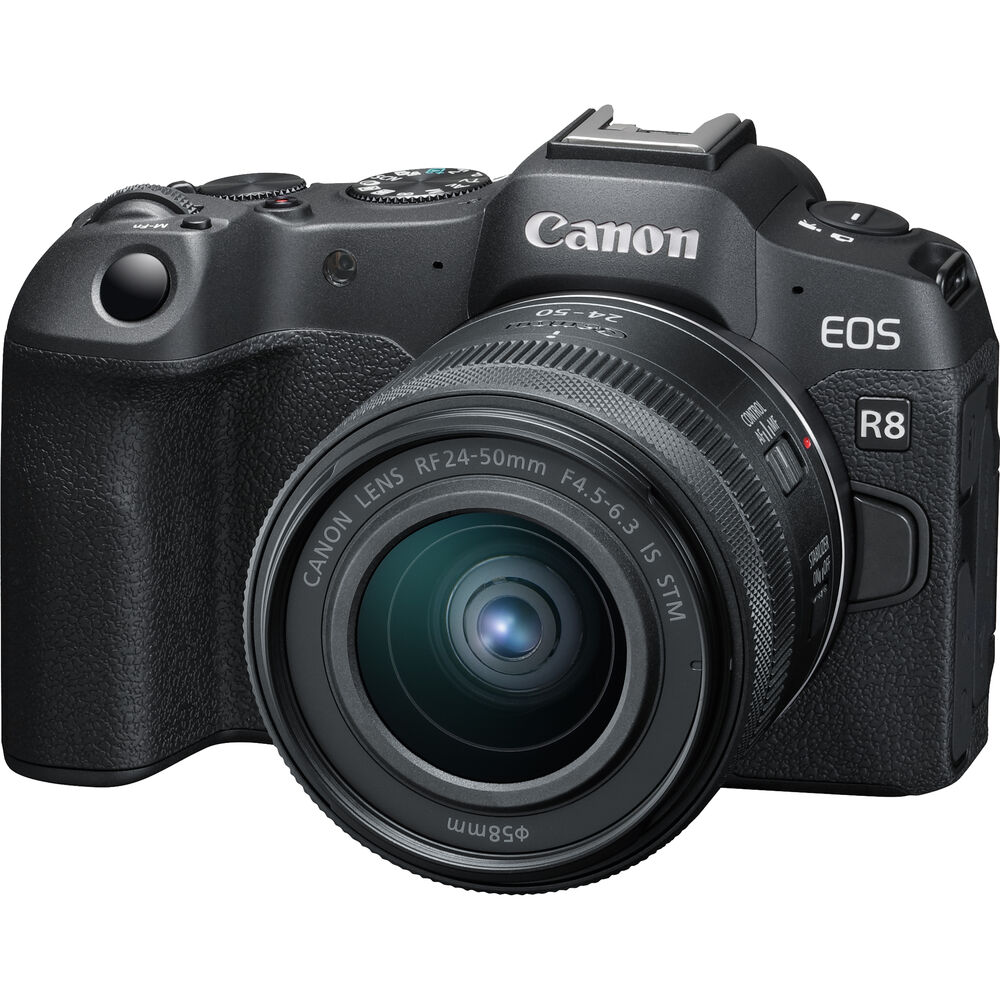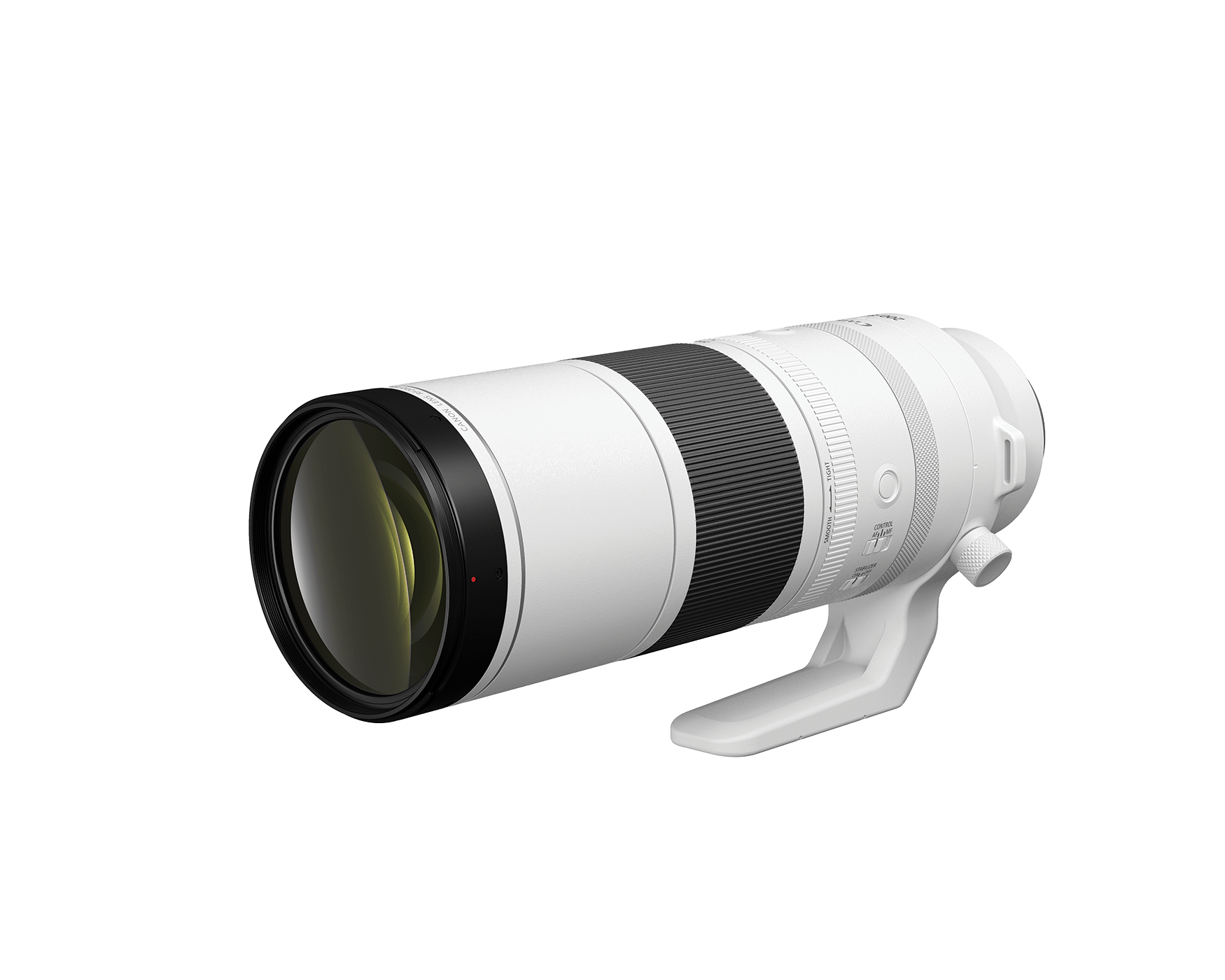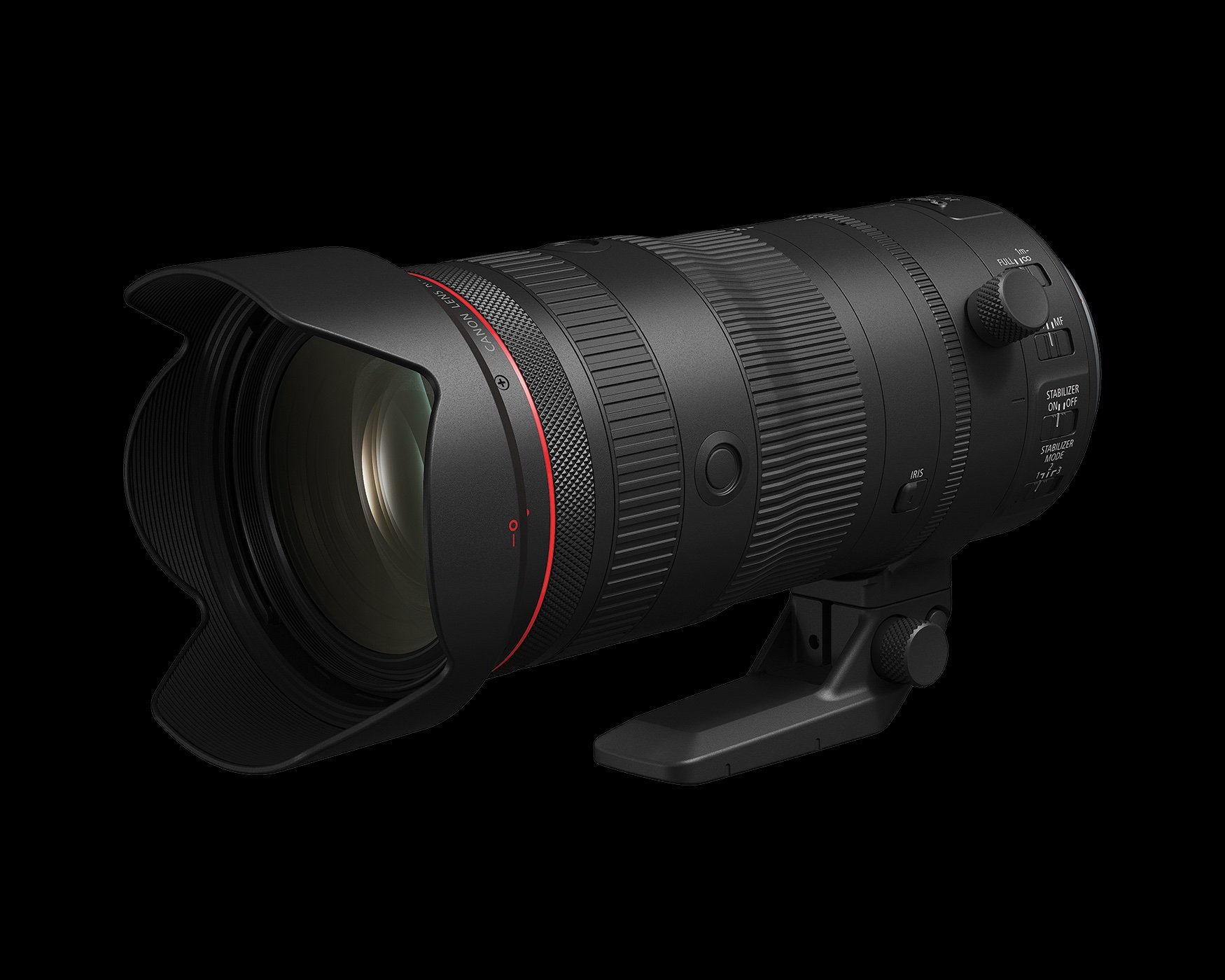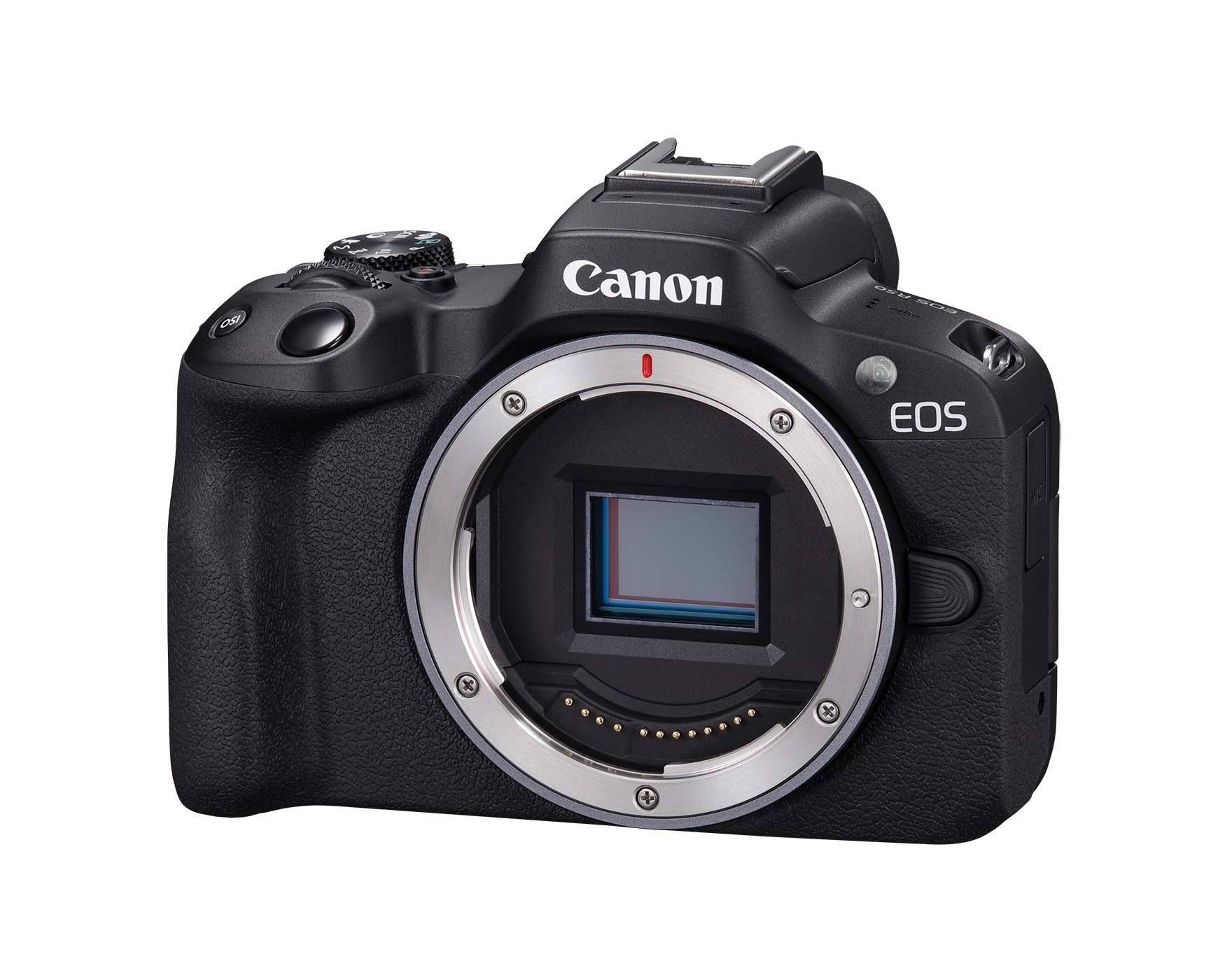Here is a Canon EOS R8 review by our favourite gear reviewer. Canon EOS R8…
To Upgrade or Not To Upgrade, part 1: 5D Mark III vs 5D Mark II
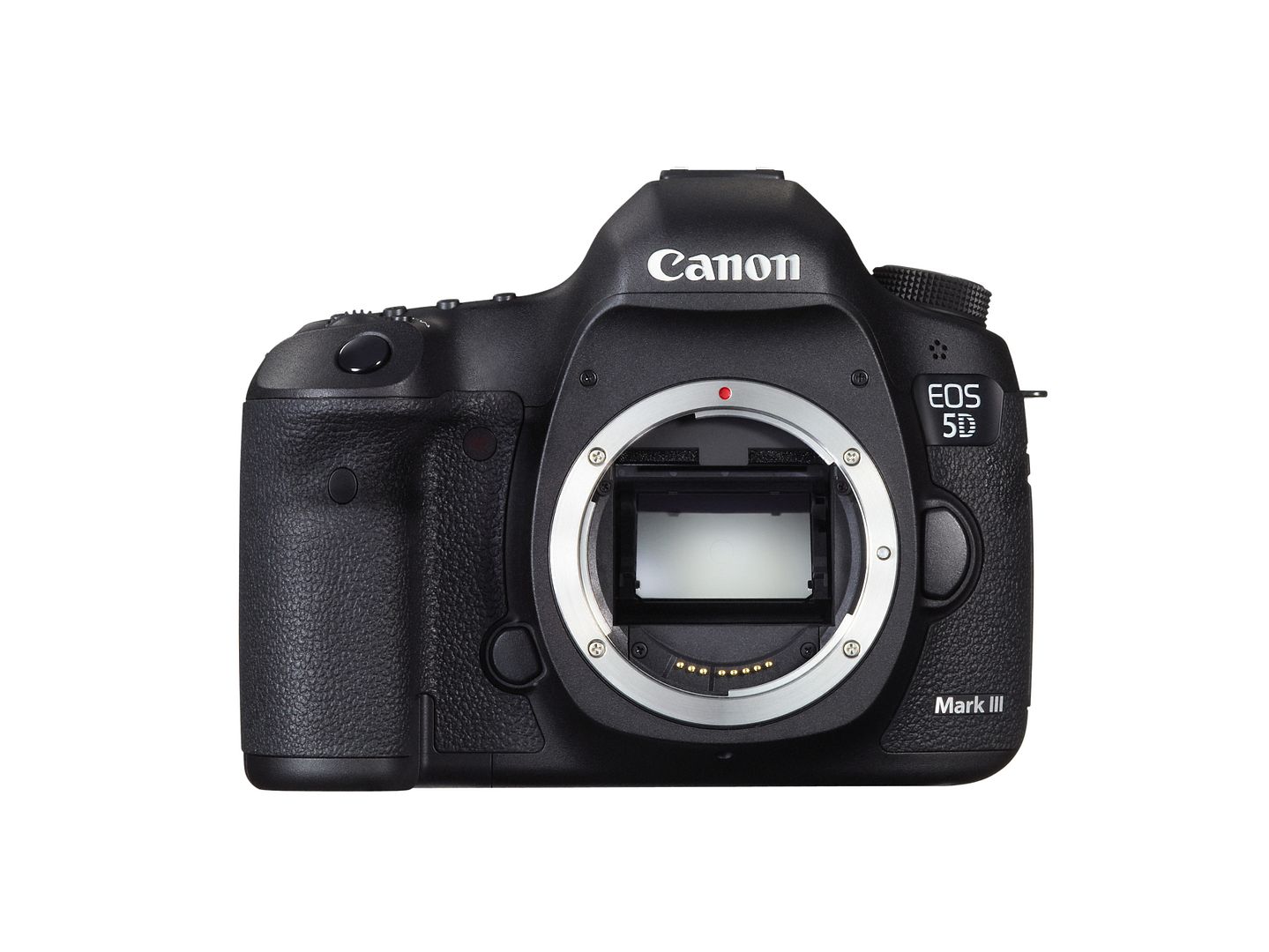 VS
VS 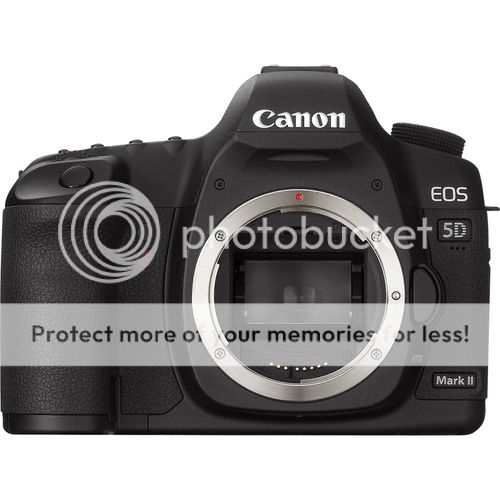
It’s a month and a half that the EOS 5D Mark III has been announced, and a lot of people is questioning if they should upgrade from their actual cameras. In this post I try to compare the Mark III with its predecessor, the EOS 5D Mark II, and to outline the main differences between the two cameras. In the second part (in a few days, hopefully) I will compare the 5d Mark III with the EOS 7D.
The EOS 5D Mark III is a completely redesigned camera (also in its internal assembling), with a new AF-system (the most advanced available on a DLSR), a sensor that has one megabyte more resolution than the Mark II and a new CPU. Let’s first see the core specifications:
| 5D Mark III | 5D Mark II | |
| List Price | $3,499.00 | $2,199.00 |
| Sensor | 22.3 MP | 21.1 MP |
| ISO Range | 100-25600 | 100-6400 |
| Expandable ISO Range | 50-102400 | 50-25600 |
| AF Points | 61 | 9 |
| Cross-Type AF Points | 41 (5 high sensitive) | 1 |
| Min. AF Light Levels | -2 EV | -.05 EV |
| Processor | DIGIC 5+ | DIGIC 4 |
| Viewfinder | 100.00% | 98.00% |
| LCD Monitor | 3.2” | 3.0” |
| Metering | 63 zone | 35 zone |
| Burst rate | 6fps | 3.9fps |
| Memory card slots | CF+SD | CF |
| Exposure bracketing | 3,5,7 | 3 |
I try to analyze four aspects in this 5D Mark III vs Mark II comparison: the CPU, the sensor, the video-features and the AF-system. There are obviously more differences that are worth to be discussed, but I think this four are the most important for those who are thinking about upgrading.
Processor: The DIGIC 5+ CPU is more or less 15-17 times faster that the DIGIC 4. This allows the 5D Mark III to have a burst rate of 6fps, compared to the ~4fps of the Mark II (which, btw, is the same burst rate of Nikon’s new D800). The added computing power is beneficial also for the new AF system (see below), and other software-driven functionalities like internal image processing (e.g. HDR, video). Do you need the new CPU? It depends. For sport shooters, action and street photography it may be useful to have a higher burst-rate. If your mainly shooting in studio you wont probably need the 6fps. The 4fps of the 5D Mark II is still a very usable burst rate.
Sensor: Just one MP more that the 5D Mark II (21MP)!? A lot of people was disappointed by this. However, it is a completely redesigned sensor that comes with higher ISOs, better noise control (at ISO 12800 the 5D3 produces approx. the same amount of noise of the Mark II at 3200). Reviews say that in shadow areas there is just 1 stop difference between Mark II and Mark III. However, the high ISO performance is good news for wedding photographers and for all those people who is shooting mainly in low-light settings. The performance of the 5D Mark III at higher ISOs is impressive (better than every other full-frame camera) and personally this is one of the features of the Mark III I like most (together with the advanced AF). Again, it depends by your needs and preferences if the ISO performance of the Mark III is important for you. I would say that the 5D Mark III produces the same image quality at ISO 6400 as the Mark II at ISO 1600. For a wedding photographer this could make the difference.
Video: The 5D Mark II started a sort of revolution, some say it started the whole DSLR video-thing. For sure the Mark II was loved by indie film-makers. The web is full of amazing flicks made with an EOS 5D Mark II. Nevertheless, Canon was able to improve video performance with the Mark III. There are new codecs and controls, audio output connectors and high quality HDMI output. Moire and aliasing are much better controlled than in the 5D Mark II (indeed, this is one of the most heard complaints from video-makers using the Mark II). Moreover, the control wheel on the back of the camera is touch sensitive. A little thing, but it means you can change settings while recording video without recording extraneous sounds (as the clicking of the control wheel). Video-makers seem to love this. Finally, resolution and frame rate are the same as in the 5D Mark II. The Mark III has the option to compress data at a lower rate (better IQ) and can record longer flicks.
Auto-Focus: This is biggest improvement over the 5D Mark II. While we were expecting to see the excellent 19 point system of the EOS 7D, Canon surprised us featuring the 61 point AF of the EOS 1D X. Of this 61 points, 41 are cross-type and of these 5 points have super high sensitivity (dual-diagonal). This is possibly the killer feature of the Mark III. The AF is outstanding and photographers are praising it allover. The 5D Mark II looks old with its 9 point AF system (with one cross-type). But then: the AF of the Mark II is still a very good performing AF-system – it simply can not hold up against the advanced AF-system of the Mark III. But then: it wouldn’t make a big difference for studio and landscape shooters, and it will make a big big difference if you shoot sports, action, wildlife, events and weddings. The AF-system of the 5D Mark III not only is very accurate, but also blazing fast (even in low light). Another point: the advanced AF system and the higher burst rate could make a sensible difference for some people. As I have been told by a (sport-)photographer: the chance to get good pictures has dramatically increased. So here it really depends by your needs and how you earn your money with photography. I don’t think the AF of the Mark II is on the same level. But it wouldn’t make a big difference if you are shooting with a tripod.
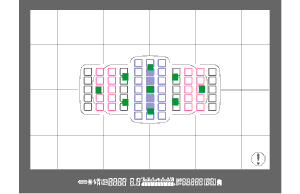
Other differences: new silent shooting-modes, improved weather-sealing, new metering system (61 vs 35 zones), in-camera image processing (e.g. vignetting, CA), wider exposure bracketing (3, 5, 7 exposure, but not the 9 of the D800).
So, should you upgrade or not? Again, it depends by your needs and preferences. You are going to pay $3,500 for the 5D Mark III while the 5D Mark shifted down to $2,199 (but can be found at around $2,000, or less if you are lucky, on ebay – click here). That’s a big difference, and I guess a lot of people is more than tempted by the Mark II which is still an excellent performer at a good price. If you earn your money shooting action, events, sports and weddings, you probably want to have the new features of the 5D Mark III (advanced AF, higher burst rate, high ISO performance). On the other hand, if you are mainly shooting landscapes or subjects that are not fast moving (or move in a predictable way) you will probably be more than happy to use the 5D Mark II, which is still a high performing full-frame camera. Videographers are probably tempted by the better controlled moire and aliasing and the very good high ISO performance. Finally, let me repeat the photographers mantra: The best camera is the one you have with you.
Lest I forget: The EOS 5D Mark II is getting cheaper by the week. Official price is $2,199, but it is sold at around $2,000 on eBay and there are also better deals showing up now and then. Check my eBay live-ticker below for these deals. It gets continuously updated, so come back and check it again if you couldn’t find what you were looking for. Also, check the Canon store for refurbished 5D Mark IIs – last time it was $1670 (actually out of stock). Here too it is a good idea to regularly check the Canon store, since they always have some refurbished 5D2s in stock (but they sell out very fast usually).
For a list of shops that have should have the EOS 5D Mark III in stock and ready for shipping click here. Automatic 5D Mark III price check: [shopcountry 2431].
Automatic 5D Mark II price check: [shopcountry 254]
World-wide EOS 5D Mark III price and availability check: [shoplist 2431]
World-wide EOS 5D Mark II price check: [shoplist 254] [shariff]

